Some of Scotland’s Most Formidable Strongholds
Moray is one of the oldest and most important regions in Scotland. Once semi-autonomous, this ancient province has provided great Kings, powerful Mormaers and later Earls of Moray.
With so many powerful families establishing a presence here, it’s no surprise that they left behind lasting evidence. It’s not what Moray is best known for, but the hills and glens here are peppered with some incredible, underrated castles.
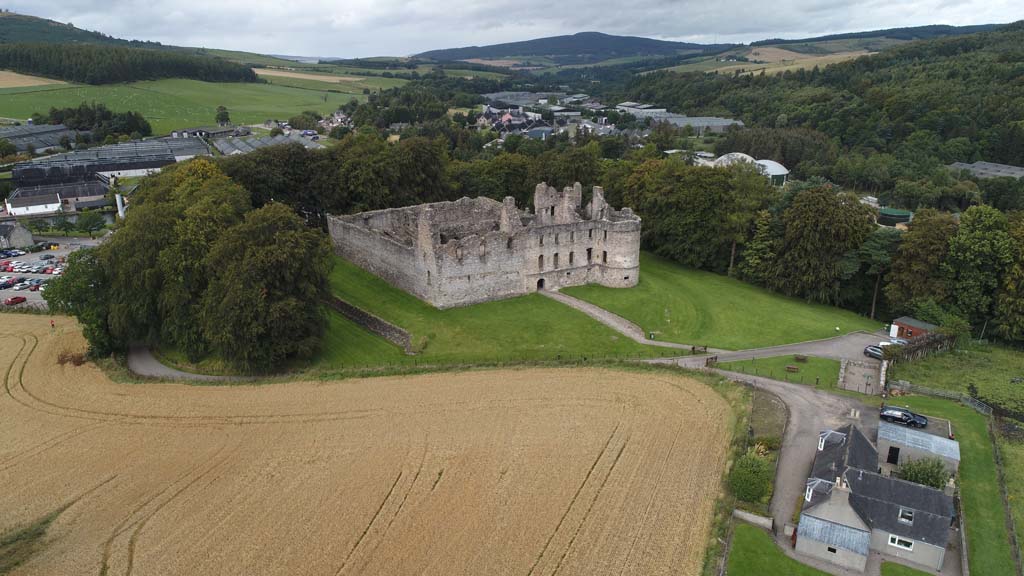
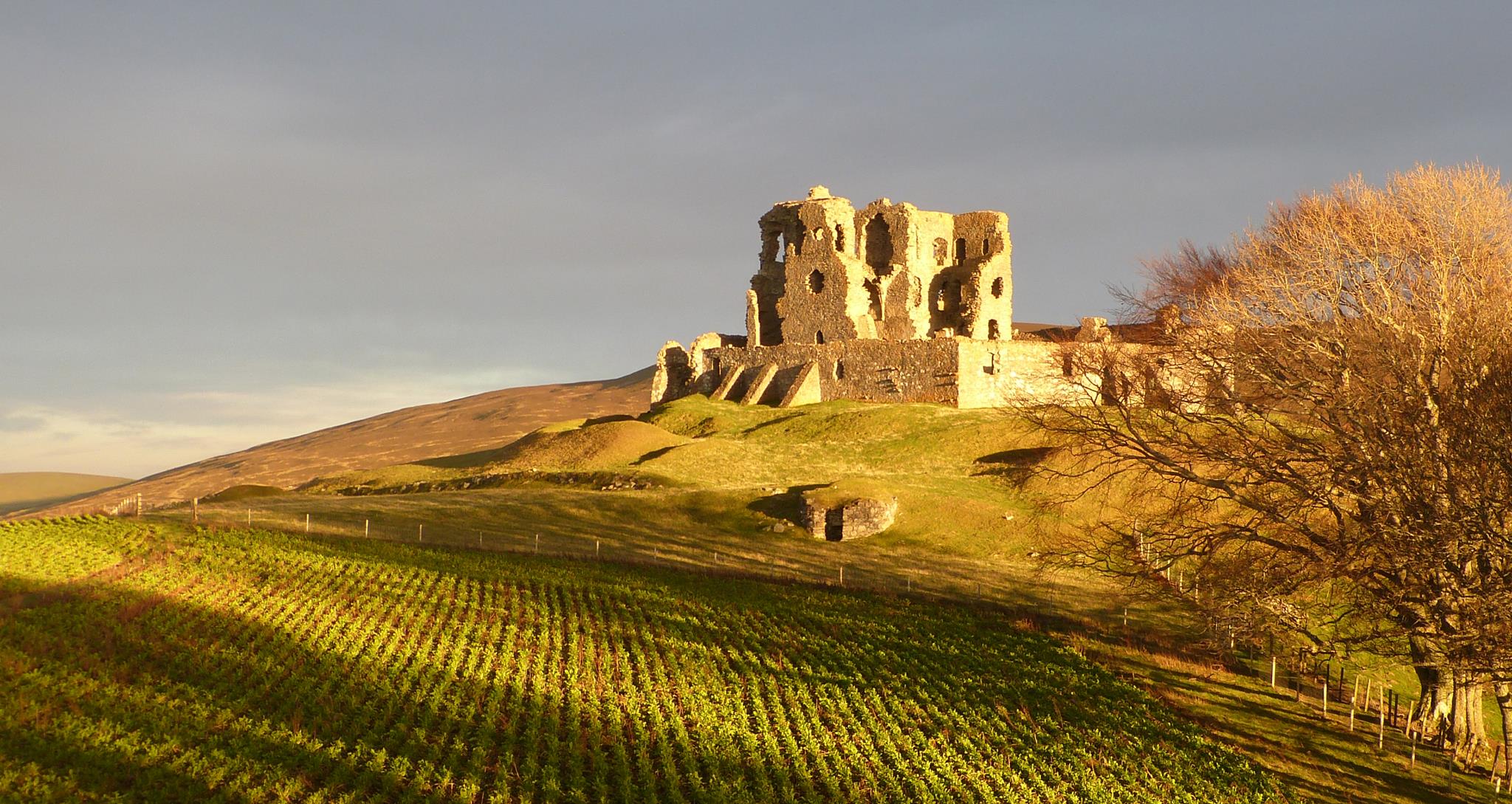
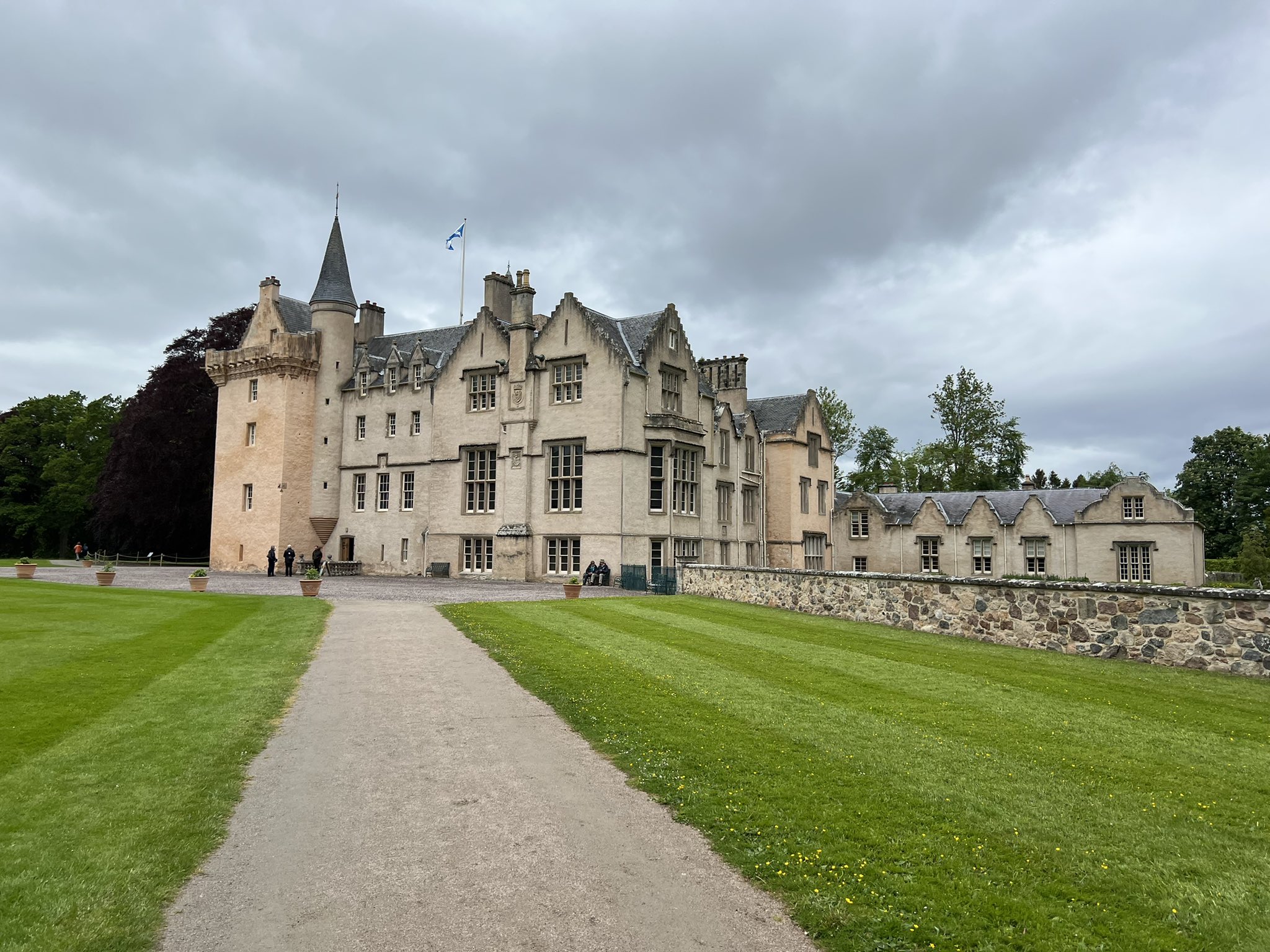
The Romantic Ruin of Balvenie Castle
The easiest to reach and therefore one of the better-known locations is Balvenie Castle, hidden away amongst the distilleries of Dufftown. Originally built in the 13th century, this was home to the influential Comyn family who held vast lands across Scotland. Less than 100 years later, the Comyns had been broken and were sliding into obscurity.
Their stronghold at Balvenie Castle would come under the control of the powerful Black Douglases until they too fell from favour. King James II decided that somewhere this important would be best kept in the family. Therefore, Balvenie was leased to his half-brother John Stewart for a symbolic rent of a single red rose each year.
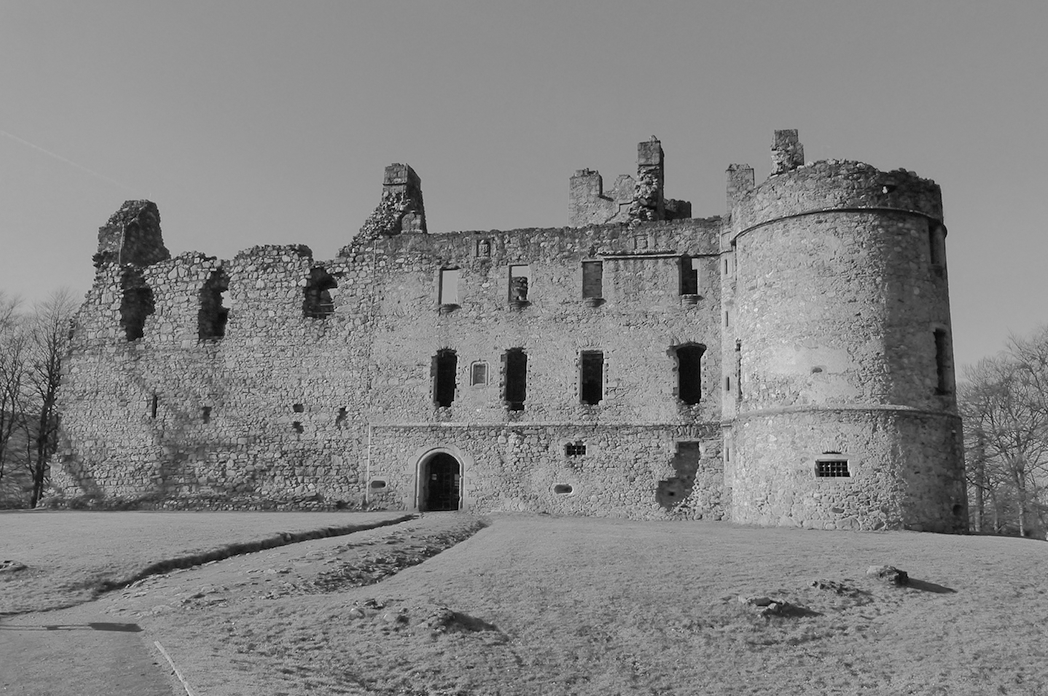
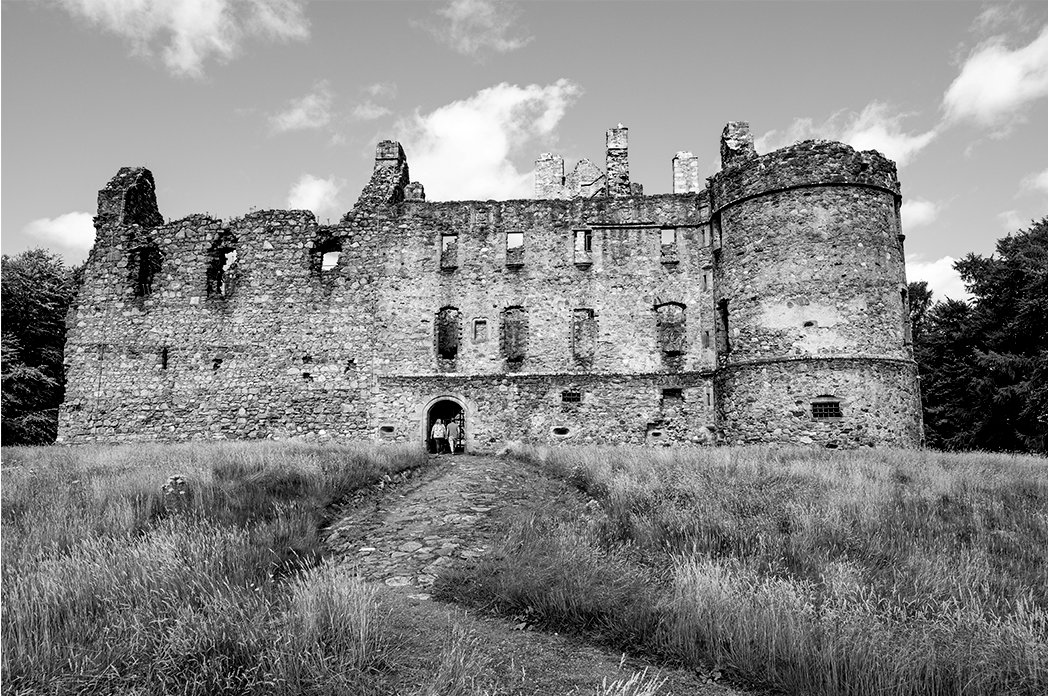
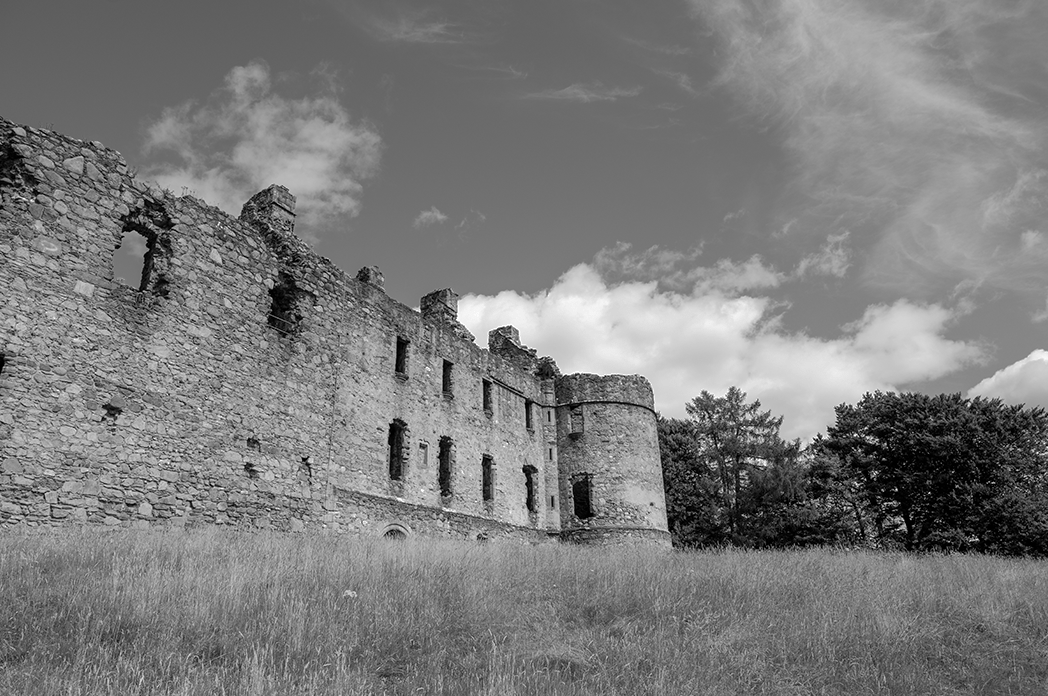
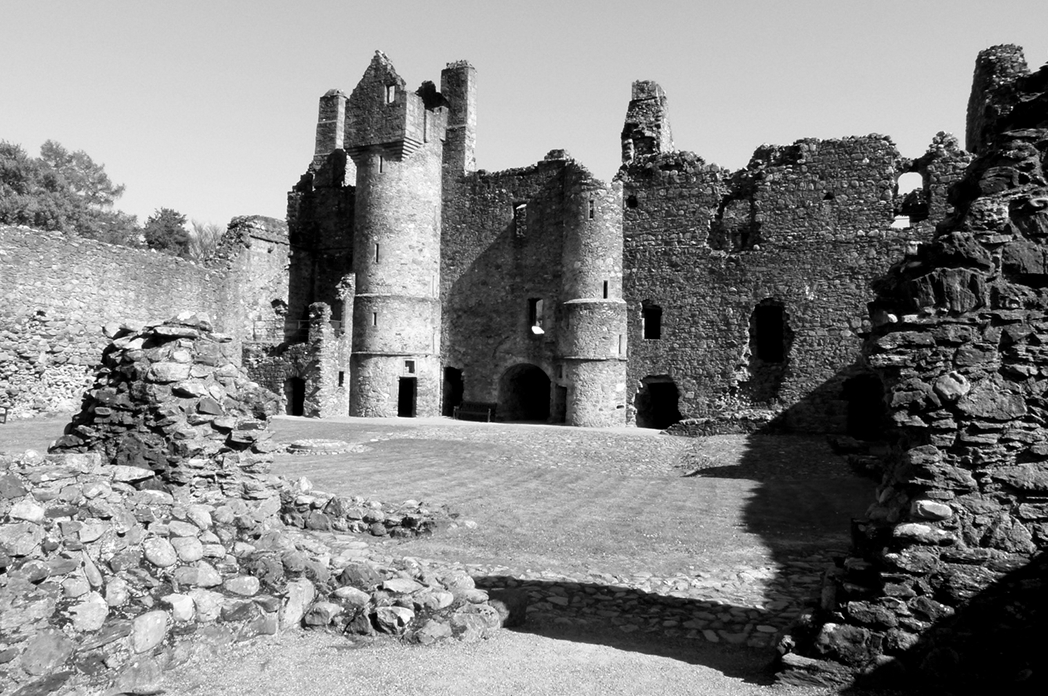
Under the Stewarts, this once austere fortress became a luxurious home and even today, without a roof or windows, that much is still clear. When medieval castles eventually became unfashionable, a new mansion was built nearby and old Balvenie was left to ruin.
However, this underrated castle had the last laugh. Balvenie House was destroyed to make space for the distillery, while these old walls are still standing proud.
Auchindoun Castle’s Bloody History
Hidden in the hills not far from Dufftown, Auchindoun Castle is one of Moray’s true hidden gems. Its prominent position, with views for miles, meant that this site may have been fortified as far back as the Iron Age. Although not currently open for visitors due to conservation works, this dramatic location deserves to be appreciated.
By the 16th century, the castle was held by the Gordons and heading for a violent patch. Adam Gordon of Auchindoun raided Corgarff Castle in 1571, where he lost his temper and burned it down with the inhabitants trapped inside. From then on, the name Auchindoun would be a stain on the Gordon name.
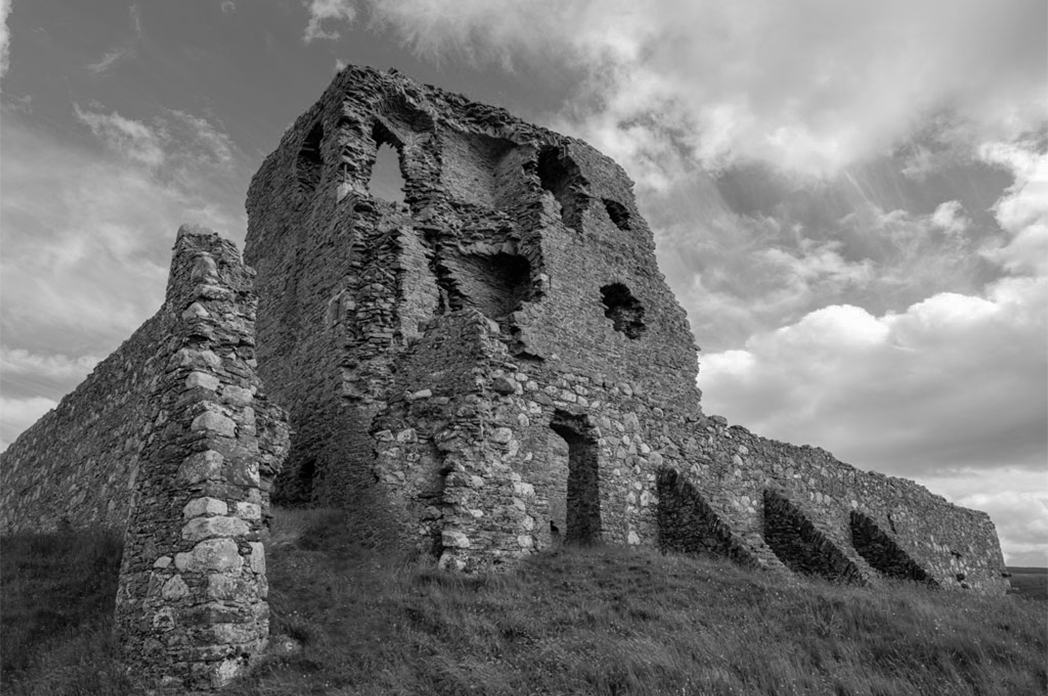
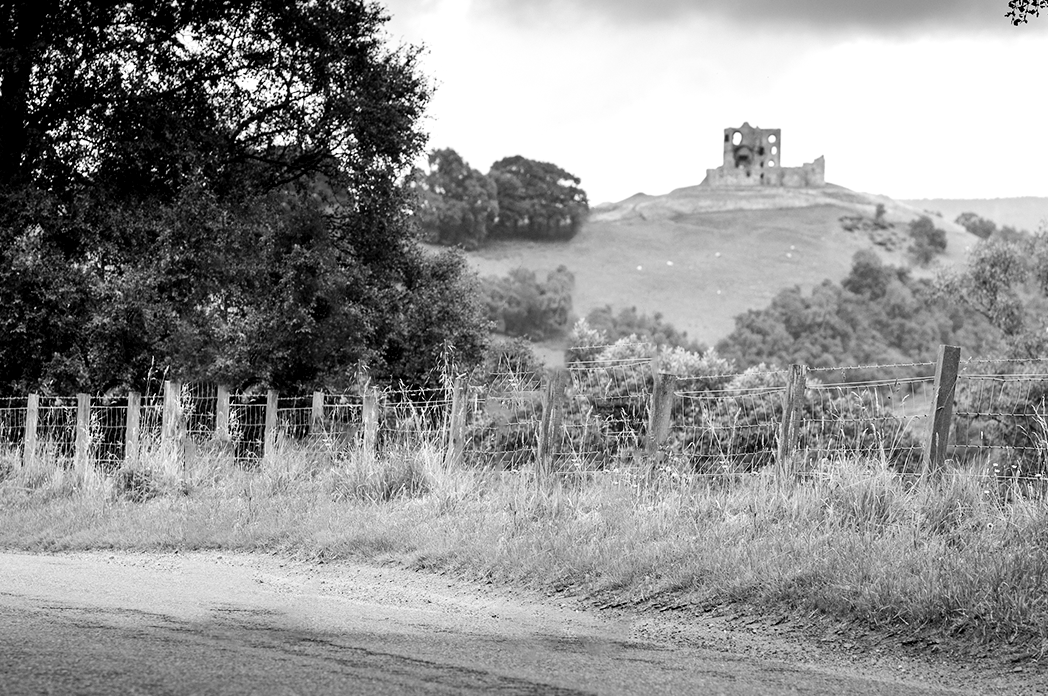
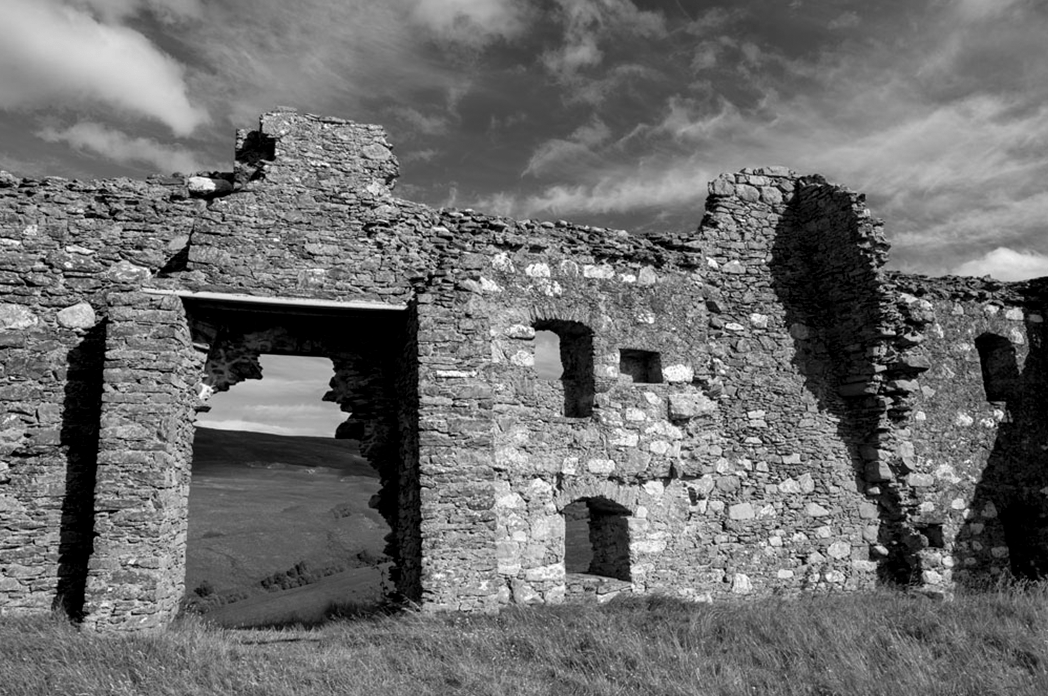
Soon the Mackintoshes came knocking to give the Gordons a taste of their own medicine. Adam’s younger brother Patrick had murdered the Bonnie Earl o’ Moray and his Mackintosh allies wanted their revenge. They overcame the defenders, rampaged through the halls, before burning Auchindoun Castle to the ground.
The Gordons eventually apprehended William Mackintosh, the leader of the raid. Legend says that the Countess of Huntly’s cook was the one to put their sharp knives to use by beheading the man.
Defending Brodie Castle
First built in 1567, the rose-coloured Brodie Castle is still habitable, but that doesn’t mean it escaped conflict entirely. The Gordons burned the tower in 1645, destroying the Brodie family records and this rivalry showed no signs of fading during the Jacobite era.
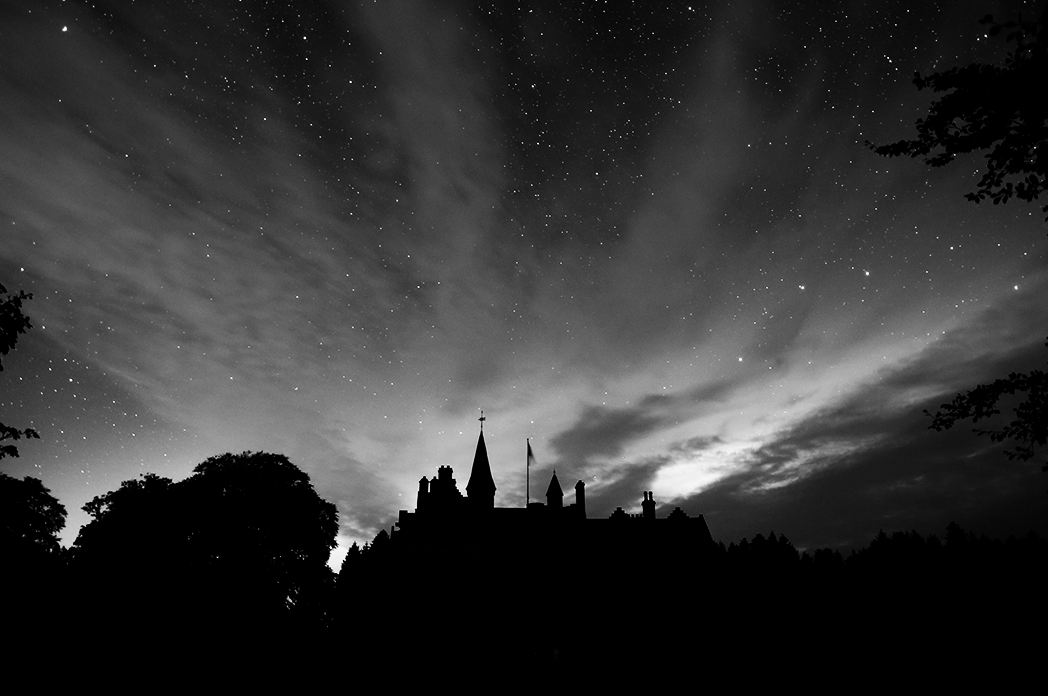
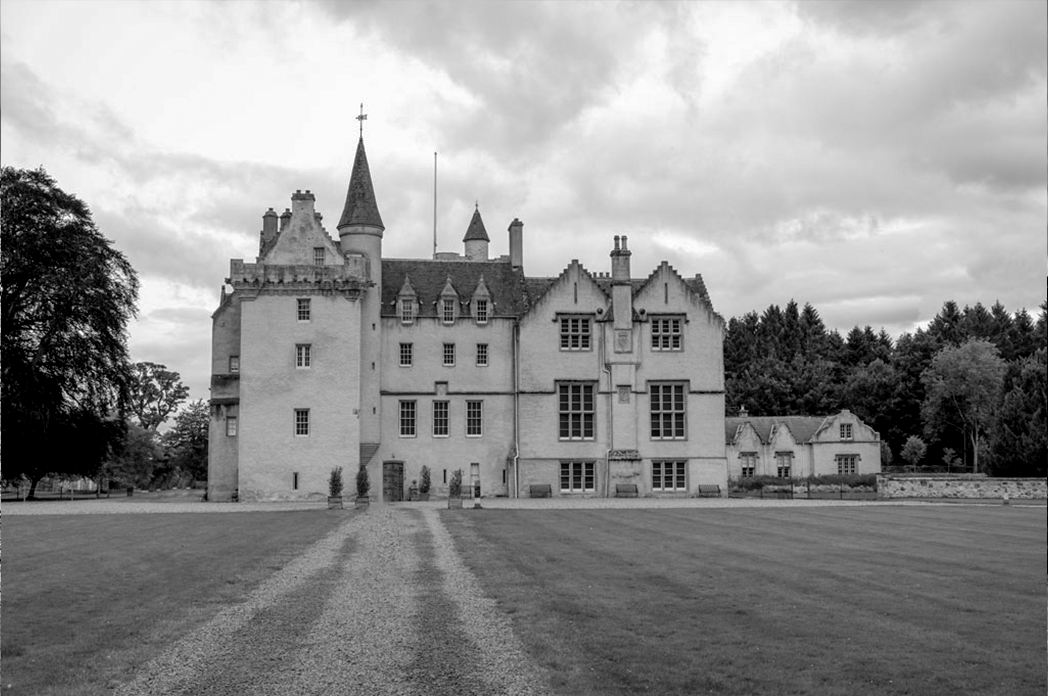
The 18th clan chief James Brodie backed the government during the 1715 Jacobite rising, while the Duke of Gordon’s son Lord Huntly had thrown his lot in with the other side. Huntly marched his Jacobite force to the doors of Brodie Castle and threatened to batter them down and devastate their lands if they didn’t surrender.
Both James Brodie and his castle held firm and without artillery, Huntly was forced to walk away with his tail between his legs. Thirty years later, during the campaign led by Bonnie Prince Charlie, the Brodies secured their future by staying the same course and landing on the winning side.
Alexander Brodie even became a government informant, spying on his neighbours. His deeds include accusing the Earl of Sutherland of harbouring a rebel and advising that Simon Fraser of Lovat should be executed.
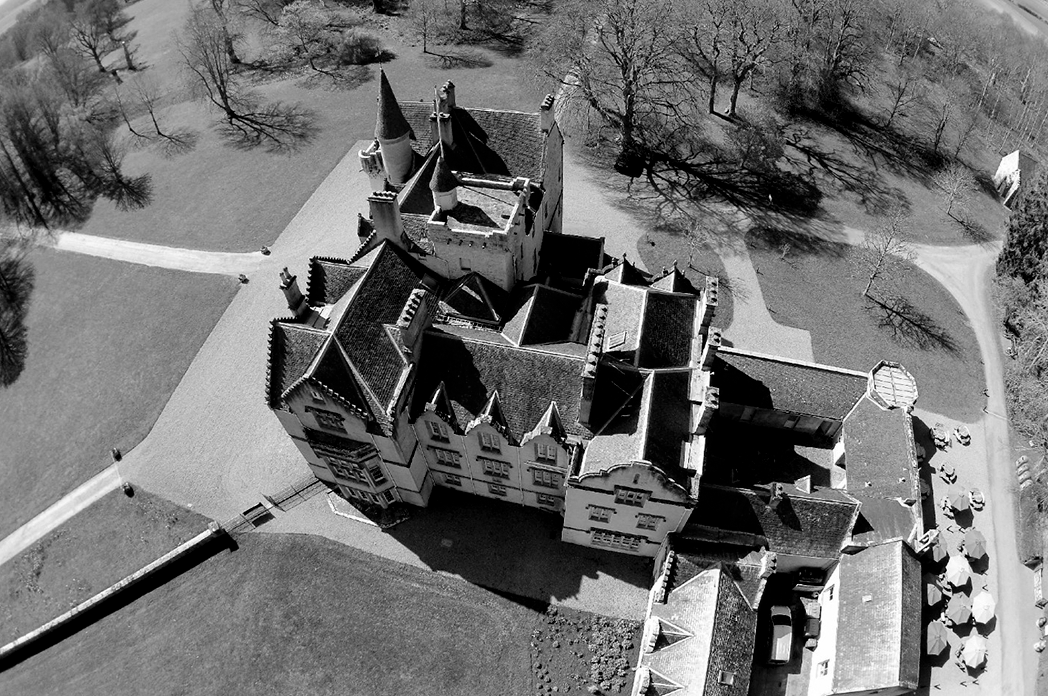
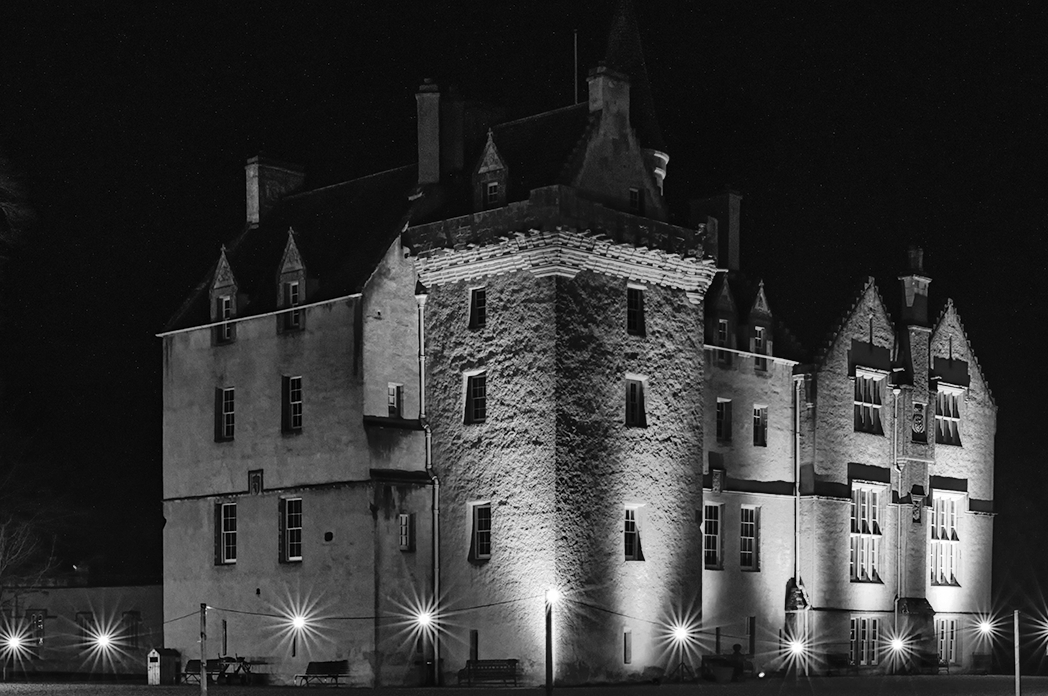
The Fairies of Duffus Castle
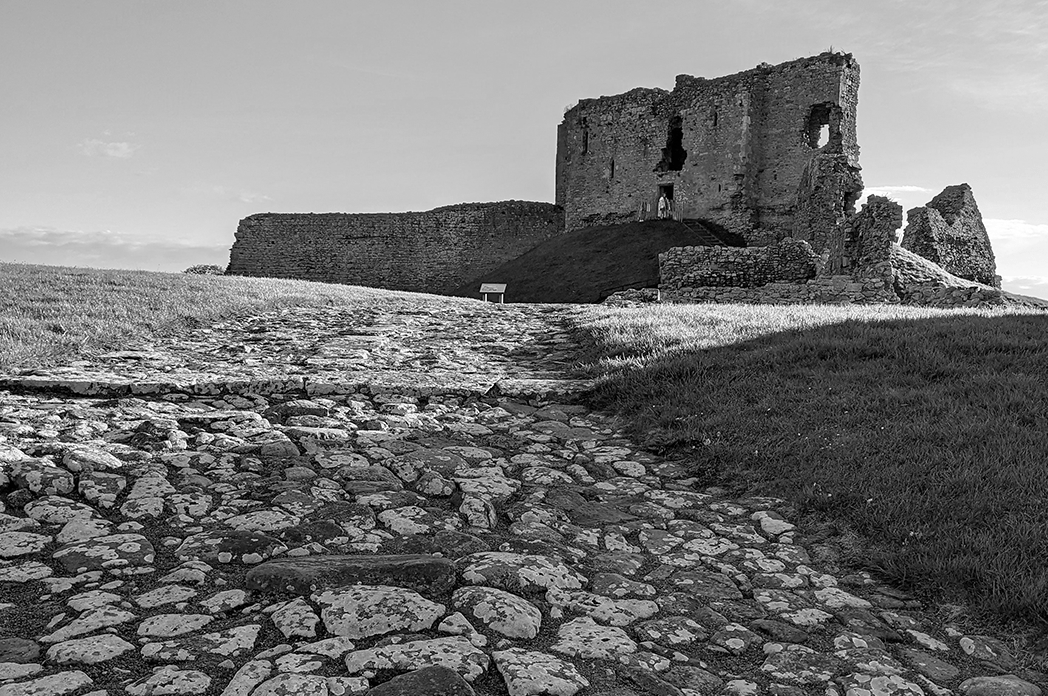
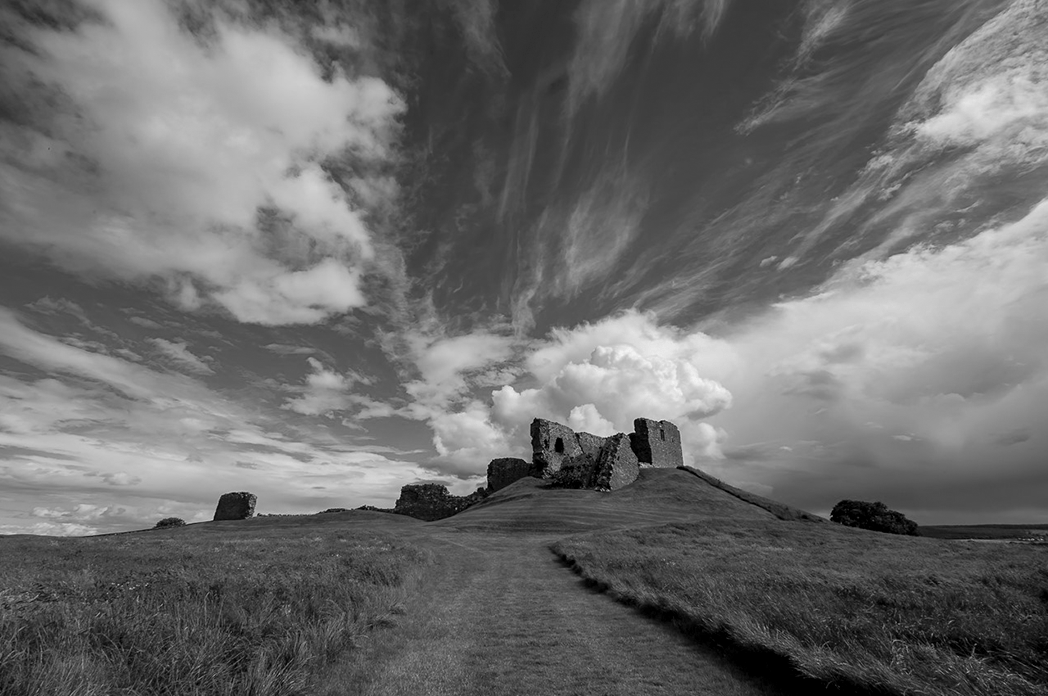
Not all stories from Moray’s underrated castles are purely historical though. Ruins such as Duffus Castle also hold entertaining folk legends.
One Laird of Duffus was walking alone in his grounds when he heard a loud commotion all around him. It sounded like a whirlwind full of little voices crying “Horse and Hattock!”. He was a curious man so decided to cry out the same phrase in reply. Suddenly, he began to rise in the air, spin around and landed with a thump in an unfamiliar cellar.
To add to his shock, he was surrounded by fairies taking their fill of expensive wines and cheeses that lined the shelves. Not one to turn down a good party, the Laird of Duffus promptly drank himself to sleep.
When he finally woke up, he was surrounded by angry French soldiers. It turned out that the fairies had transported him right into the King of France’s cellar. He was still holding a silver goblet as he tried to explain his unbelievable tale to the French monarch.
Fortunately, the King enjoyed a good story and allowed the Laird to begin his long, hungover journey back to Duffus Castle. He even kept the goblet as a souvenir, passing it down through the generations as the Fairy Cup.
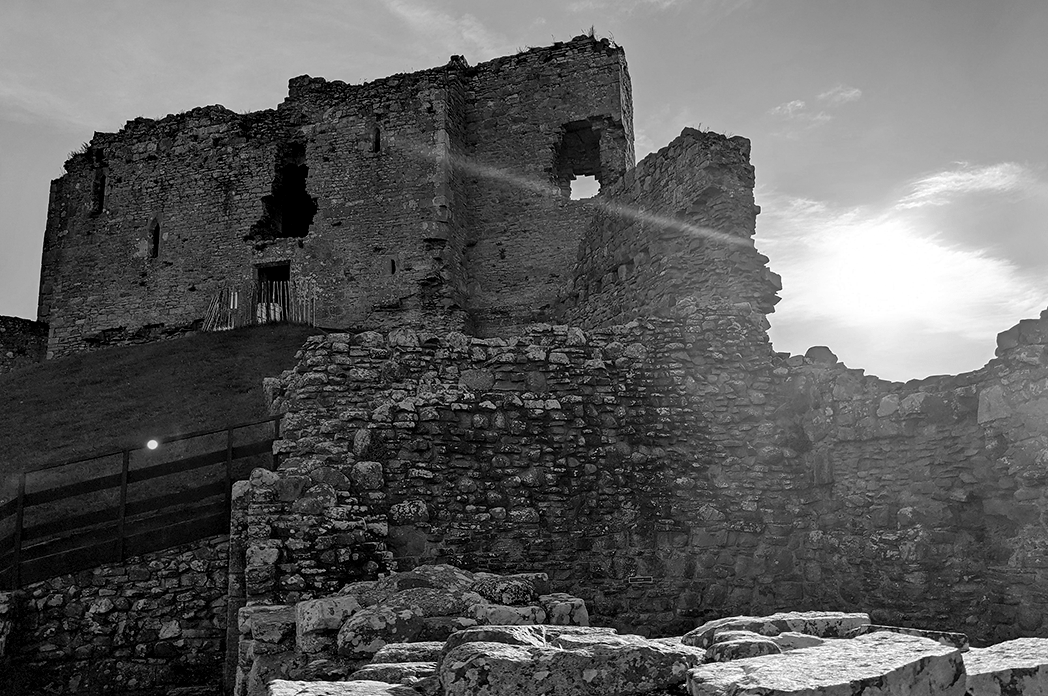
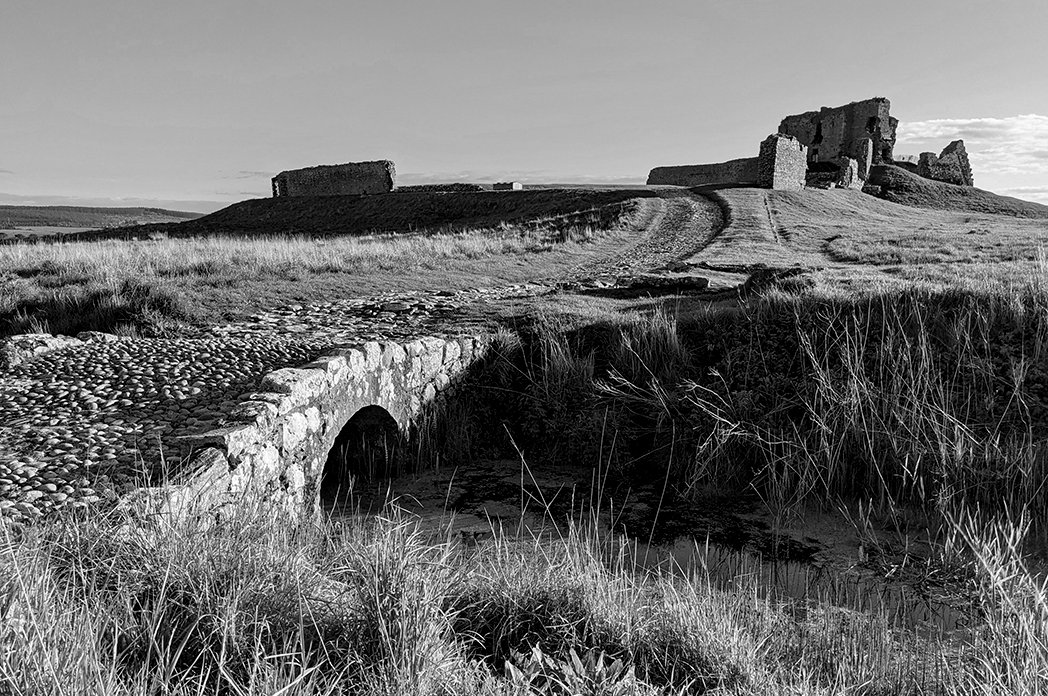
Dunphail Castle’s Headless Ghosts
It’s impossible to talk about so many castles and not include at least one ghost story. This tale might explain why the overgrown ruins of Dunphail Castle are the least visited and most unappreciated castle of all.
Dunphail was another Comyn stronghold and in 1330, they were under attack from Thomas Randolph, the new Earl of Moray. The walls were in no danger of being breached, but the Comyns hadn’t prepared for a siege and food was running low. Left with little option, five daring defenders managed to steal some bags of meal for their starving companions.

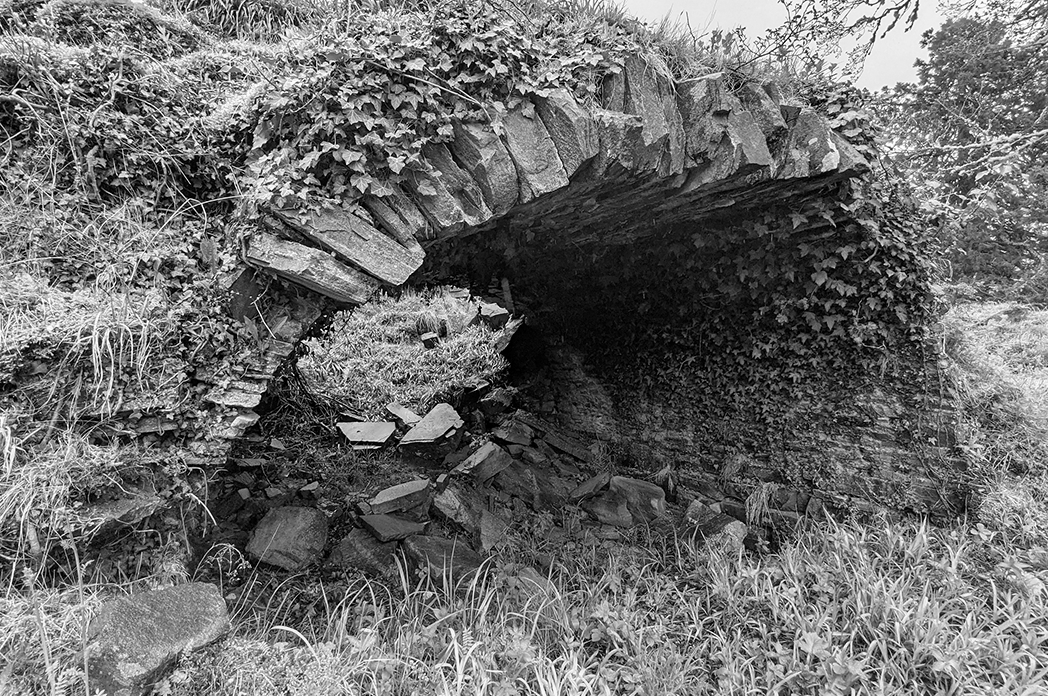
Just as they threw their bounty inside Dunphail, Randolph’s men captured them. Furious at being robbed, the Earl chopped off the prisoner’s heads before launching them over the ramparts. As the horrified Comyns saw the bloody projectiles land at their feet, they heard Randolph cry, “Here’s some beef for your bannocks!”
While Dunphail Castle hasn’t hosted Comyns or Randolphs for a very long time, it’s not entirely empty. The ghosts of those headless men still wander the area, keeping watch for the few visitors brave enough to venture off the beaten track.
